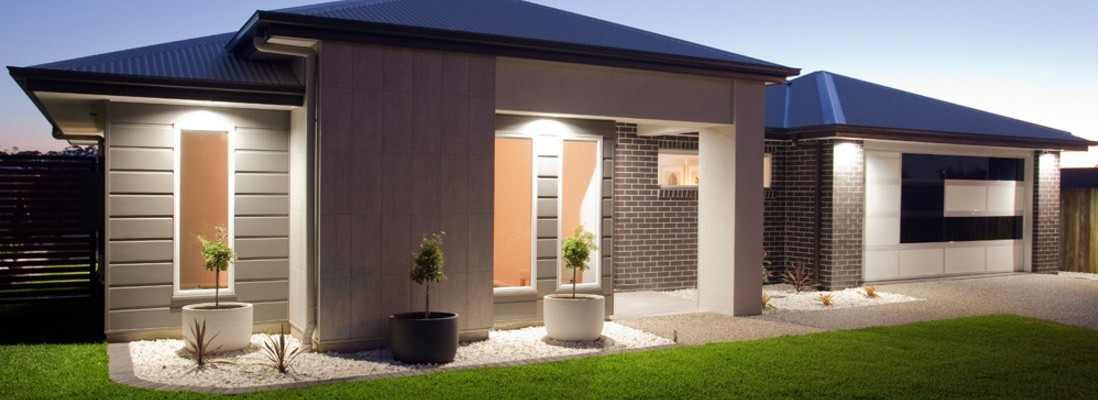Domorela's Blog: Domorela's hardware: System on Module
We want to start publishing a series of articles dedicated to the hardware present in a Domorela device. This article will introduce the hardware explaining the reasons because of we choose the hardware components of our first model of Domorela.
All Domorela DMRL1 components are working together to bring functionalities to the people using the device. So the system and the software are inter-related between them and the former one is embedded in the hardware.
First consideration to choose hardware technology for a device dedicated to save energy was its power consumption. This leads to a low power consumption CPU, so the hardware choice was based upon this condition above all else.
Second consideration was processing power to fit the software on it without much performance penalty. Third condition was its compatibility with Linux kernel and GNU software, because our good knowledge of open source and our preference for these kinds of solutions.
Finally, the fourth and the last one was a double one condition, its price and availability, in order to achieve an affordable device.
Nowadays, the most valued CPU technology accomplishing the above conditions are the ones from ARM Cortex series. By choosing an ARM CPU we obtained:
- very low power consumption
- high performance of RISC microcode instructions
- compatibility with Linux Kernel
- compatibility with GNU compiler and software
- low price and mass production
Once we choosed the CPU type, then we gone for a platform based on the selected one. Embedded systems world offers hundreds of boards with CPU and their core peripherals: RAM memory, persistent memory, power unit and system peripheral interfaces such as UART, USB, Ethernet and others. There is a plenty of SOM boards in the market being the most known the Raspberry Pi and Arduino boards, but every little network appliance (switch, router, firewall, WiFi AP and others) is based on the same premises.
Since Domorela is an appliance, that is, a dedicated device with custom interfaces, our needs were satisfied by a System On Module (SOM) board for which we design our own interface board. So you can think about Domorela as a dedicated, low power micro-computer having a kind of motherboard compatible with CPU modules of a certain family like the AMD or Intel for desktop PCs.
In our next article we will speak about the interface board of Domorela.











